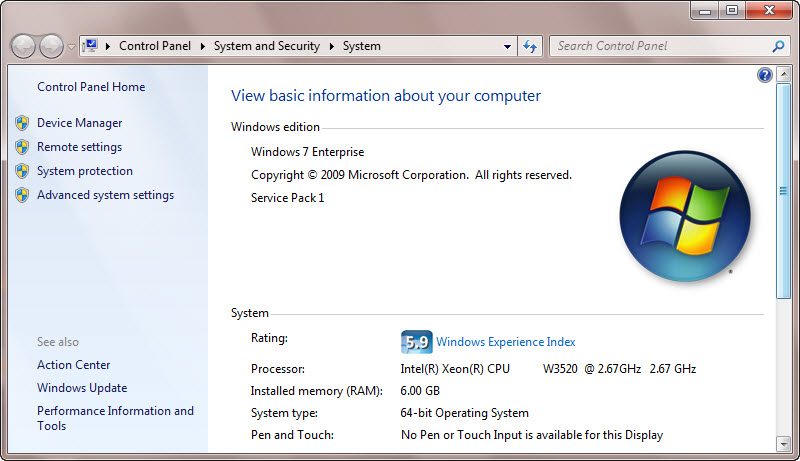

- #Virtualbox 64 bit guest install#
- #Virtualbox 64 bit guest update#
- #Virtualbox 64 bit guest driver#
- #Virtualbox 64 bit guest 32 bit#
One last thing you need to do is to have an 64 bit OS to install on the created VM. After this, restart the computer and you will see the 64 bit OS option when you create new virtual machine.
#Virtualbox 64 bit guest update#
By default they are disabled, you need to update them to Enabled.

You can enable this by going to the BIOS settings, usually when you start your computer, press F12 and then it will go into BIOS mode, there you can find the config setting " Virtualization Technology" and vt-d feature. The next thing you need to do is to enable hardware virtualization.

But one necessary condition is that you have a 64 bit processor.
#Virtualbox 64 bit guest 32 bit#
If you use the "Create VM" wizard of the VirtualBox graphical user interface (see the section called “Creating your first virtual machine”), VirtualBox will automatically use the correct settings for each selected 64-bit operating system type.īased on the documentation, VirtualBox allows to install 64 bit OS even if you have a 32 bit host OS installed.
#Virtualbox 64 bit guest driver#
In addition, for 64-bit Windows guests, you should make sure that the VM uses the Intel networking device, since there is no 64-bit driver support for the AMD PCNet card see the section called “Virtual networking hardware”. See the section called “" Advanced" tab”. This is especially true for 64-bit Windows VMs. On any host, you should enable the I/O APIC for virtual machines that you intend to use in 64-bit mode. On 64-bit hosts (which typically come with hardware virtualization support), 64-bit guest operating systems are always supported regardless of settings, so you can simply install a 64-bit operating system in the guest. Since supporting 64 bits on 32-bit hosts incurs additional overhead, VirtualBox only enables this support upon explicit request. If you want to use 64-bit guest support on a 32-bit host operating system, you must also select a 64-bit operating system for the particular VM.

You must enable hardware virtualization for the particular VM for which you want 64-bit support software virtualization is not supported for 64-bit VMs. You need a 64-bit processor with hardware virtualization support (see the section called “ Hardware vs. VirtualBox supports 64-bit guest operating systems, even on 32-bit host operating systems, provided that the following conditions are met: Here is the official documentation about 64 bit OS: To allow installing 64 bit OS on VirtualBox. But sometimes, 64 bit OS is wanted for specific uses such as running platform specific tests. Please contact the moderators of this subreddit if you have any questions or concerns.By default, VirtualBox only allows to install 32 bit OS on it. I am a bot, and this action was performed automatically. Thanks for taking the time to help us help you!Īlso, PLEASE remember to change the flair of your post to Solved after you have been helped! Your post has not been deleted - do not re-submit it. If you have met these requirements, you can ignore this comment. If this is your first time creating a virtual machine, we have a guide on our wiki that covers the important steps. Please also check our FAQ and if you find your question is answered there, PLEASE remove your post or at least change the flair to Solved. Please check Google and the VirtualBox Manual before asking simple questions. PLUS a detailed description of the problem, what research you have done, and the steps you have taken to fix it. * Whether you have installed Guest Additions and/or Host Extensions (this solves 90% of the problems we see) * Whether you have enabled VT-x/AMD-V (applicable to all hosts running 6.1 and above) and disabled HyperV (applicable to Windows 10 Hosts) * The version of VirtualBox you are using This is just a friendly reminder in case you missed it.


 0 kommentar(er)
0 kommentar(er)
